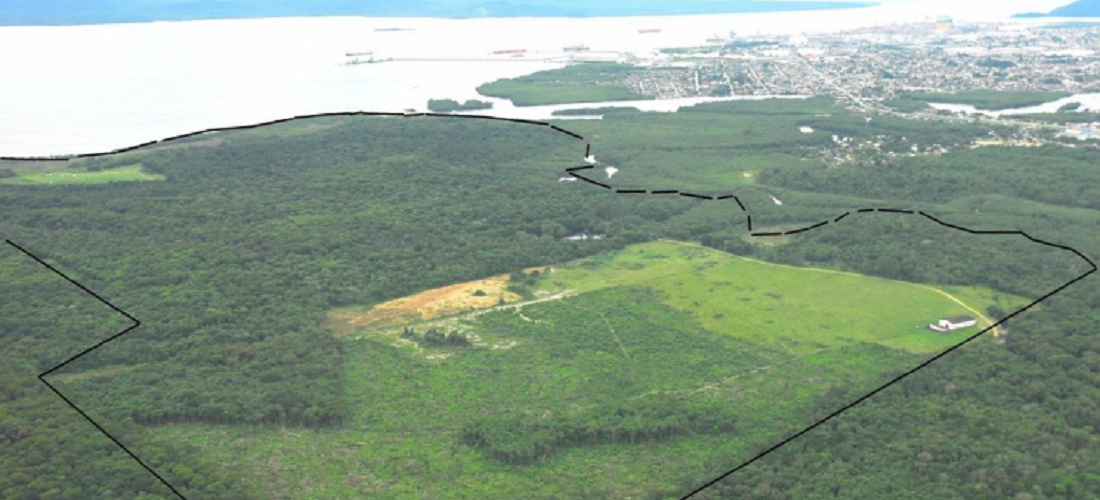
Private Port Terminals: new round of investments may allocate R$ 9.5 billion to the sector
Jan, 31, 2022 Posted by Gabriel MalheirosWeek 202205
In 2021, the National Waterway Transportation Agency (Antaq) has either authorized or evaluated at least 30 new projects of private port terminals worth up to R$9.5 billion in economic contributions.
According to the Association of Private Port Terminals (ATP in Portuguese), which conducted a study based on public calls and data found in the Government’s Federal Gazette (Diário Oficial da União), this demonstrates many investors’ preference for this type of expansion.
Private use terminals, also known as TUP, must be located outside of the organized port areas managed by State-owned dock companies or by the state administration itself, which grants more flexibility compared to public terminals.
The incidence of private port terminals has increased by 38% in the last decade. They now handle roughly two-thirds of all cargoes transported in Brazil, primarily minerals and fuels.
Two large projects may receive the green light from the Ministry of Infrastructure in 2022. Nordeste Logistica, on an 83-hectare plot in Pecém (CE), plans four terminals for ores, grains, fertilizers, and containers. R$ 2.35 billion in investments are anticipated for this project.
The second one is Porto Guará, which neighbors Paranaguá (PR). The project provides for handling various cargo types and will require disbursements of R$ 3.85 billion.
Both projects have already gone through the public call stage – a process in which the Antaq opens a 30-day window for anyone interested in taking over the project to express their intent – and are awaiting approval. Prior to starting constructing a TUP, Ibama is required to issue a term of reference to prepare environmental impact studies and land regularization. The construction agents also cannot have any tax pending issues.
In 2013, after the new Ports Law (Bill 12.815) came into force, the requirement that limited private terminals to only handle their own cargo was removed, thus allowing the handling of third-party loads. Following that, the number of authorized TUPs soared, from 124 that year to 253.
According to the Ministry of Infrastructure, which uses data different from the ATP, the number of private port terminals awaiting authorization is now 53. Those projects in total provide for investments of R$ 38.8 billion. “The government is no longer a barrier to investment. The issue now is obtaining environmental licensing and ensuring the project’s economic viability,” assesses Diogo Piloni, National Secretary of Ports.
However, many authorized projects die along the way or remain undefined for years due to environmental restrictions or a lack of capital for the works. Projects such as the Alcântara Port Terminal (MA), Petrocity (ES), and Porto Sul de Ilhéus (BA) have disclosed billions of reais in costs. Still, they have yet to find financing or obtain a prior ecological license.
According to consultant Frederico Bussinger, managing partner of Katalysis consultancy and former president of the Port of São Sebastião, one of the most critical factors that determine either the success or failure of a TUP project is the guarantee of a constant flow of loads. As a result, terminals closely tied to the owner’s own production chain tend to be approved more quickly. This has been the case, for example, with new grain outflow facilities built in the Arco Norte by companies such as Cargill and Louis Dreyfus.
According to Bussinger, the difficulty is significantly greater for terminals that intend to handle various loads unrelated to the business. Nevertheless, there are still a few successful cases of private ports that handle third-party containers or cargo, such as Porto do Açu (RJ) or Portonave (SC).
Although the incidence of TUPs is increasing, businesses are concerned about recent regulations on what is deemed an entirely private activity. For example, in 2019, a group of industry associations successfully challenged Antaq’s resolution to create a system for monitoring prices charged by its customers’ terminals in court.
The end of Reporto, a tax regime that encouraged investments in ports and railways and whose recreation was barred by President Jair Bolsonaro in January, has also been widely condemned. According to ATP’s Murillo Barbosa, the lack of the benefit raises the value of a portainer (a type of crane used for loading and unloading containers) from around US$ 11 million to US$ 15 million.
Despite the fact that many private port terminal projects are facing problems becoming real-life facilities, Secretary Piloni claims that TUPs are already the sector’s primary growth vector. “In 2021, we saw R$3 in private terminals for every R$1 investment enacted at public ports.”
Source: Valor Econômico
To read the full original article please see the link:
-
Ports and Terminals
Sep, 09, 2020
0
BNDES LAUNCHES PRIVATIZATION STUDIES IN THE PORTS OF SANTOS AND SÃO SEBASTIÃO
-
Other Logistics
Feb, 22, 2023
0
Waterway use grows 5.36% in Brazil
-
Ports and Terminals
Mar, 14, 2024
0
Brazil: Porto Alegre records the best operational two months in its history
-
Other Cargo
Feb, 25, 2022
0
Latin American Apparel Exports Seen Growing 10%


